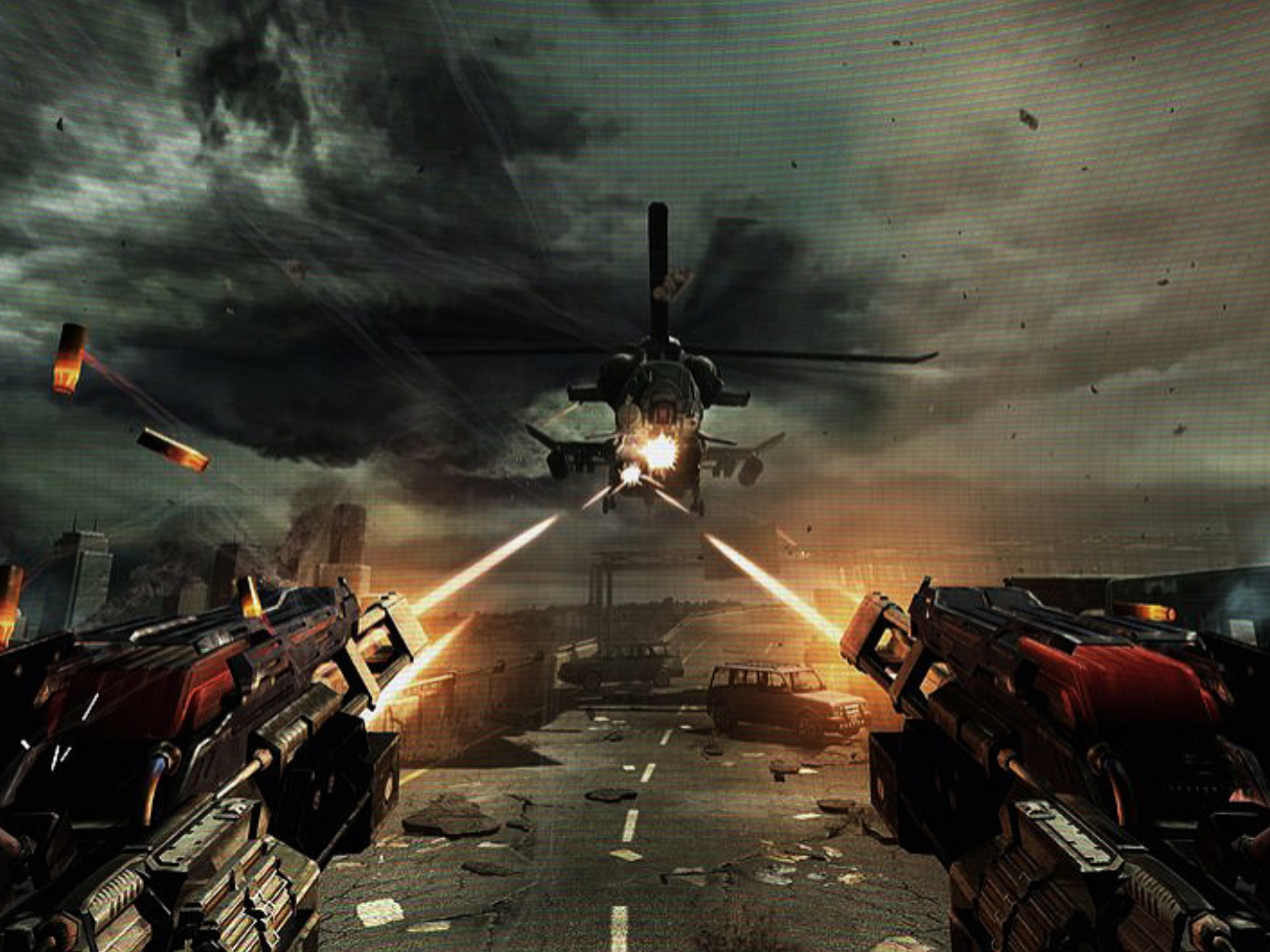Title: Beyond the Stars: Universe Expansion Shelter Sign Installer Simulator VR's 'Place Missions' Update Redefines Cosmic Carpentry
The virtual reality landscape is perpetually expanding, much like the cosmos it so often seeks to emulate. While many titles chase the adrenaline of interstellar dogfights or the grandeur of galactic conquest, a peculiar and brilliant niche has carved out its own space: the hyper-specific job simulator. Standing at the zenith of this genre is the unexpectedly meditative and profound Universe Expansion Shelter Sign Installer Simulator VR. Already a cult hit for its unique blend of existential solitude and meticulous craftsmanship, the game has just launched its most significant content drop yet: the ‘Place Missions’ update. This isn’t just new levels; it’s a fundamental evolution of the game’s philosophy, transforming the player from a mere installer into a true cosmic architect of hope.
For the uninitiated, the core premise of UESSIS VR is as straightforward as it is absurdly charming. You are a certified technician employed by the benevolent, if bureaucratically bloated, Universal Cosmic Development Agency (UCDA). As the universe expands at an ever-accelerating rate, new, barren planets are constantly formed. The UCDA’s mandate is to ensure no sentient being, upon stumbling across these worlds, feels alone. Your job? To travel to these desolate rocks and install standardized, glowing "Shelter" signs—beacons indicating that a pressurized, life-sustaining refuge lies buried nearby, ready for activation. The core gameplay loop involved selecting the right sign type, using a variety of futuristic tools to anchor it to alien rock, wiring it to a subterranean power source, and performing a final systems check, all while managing your oxygen and navigating often treacherous low-gravity terrain.
The ‘Place Missions’ update shatters this established routine. Previously, your work order would specify the coordinates and the sign model (e.g., "Class-H Habitability Sign, Sector X-12"). You were a cosmic delivery person. Now, the UCDA has recognized the need for a more nuanced approach. The update introduces a new layer: strategic placement consultancy. Your mission parameters have changed. You are no longer just given a location; you are given a problem.
A new mission briefing screen details the specific challenges of a planet. "Planet: Gleeson's Folly. Issue: Perpetual ion storms and high-velocity silica dust clouds. Objective: Ensure sign visibility is maintained during storm events and prevent abrasion damage to the phosphorescent coating." Another might read: "Planet: Whisperwind. Issue: Seismic instability and frequent tectonic shifts. Objective: Install sign in a location with maximal structural integrity, avoiding fault lines. Sign survival is prioritized over immediate visibility."
This shift is revolutionary. It transforms the game from a puzzle of manual dexterity ("how do I bolt this down?") into a puzzle of environmental analysis and tactical decision-making ("where should I bolt this down?"). You deploy from your shuttle with a new tool: the Multi-Spectral Terrain Analyzer. This device allows you to scan the landing zone, highlighting mineral densities, wind shear patterns, seismic activity, and electromagnetic interference. You must then traverse the landscape, not just to find a flat surface, but to find the optimal one. The "Place" in "Place Missions" is an active verb, a command to exercise judgment.

The update introduces a dozen new celestial bodies, each with its own diabolical environmental hazards. There’s the crystalline planet of Xerxes, where the surface is a fragile latticework that can shatter under the weight of a careless step, sending you and your sign tumbling into a geometric abyss. There’s the methane slush world of Charybdis Prime, where your boots sink slowly, and finding solid ground is the primary challenge. Each environment demands respect and a tailored strategy. The ion storms on Gleeson's Folly require you to perhaps install the sign within a natural rock archway for protection, sacrificing a 360-degree view for long-term durability. On Whisperwind, you might have to use your laser drill to create a deep foundation anchor, literally bolting the sign to the planet's mantle.
This new layer of gameplay profoundly deepens the game’s inherent atmosphere. The silence of space was always palpable, but now it’s filled with the quiet hum of your own concentration. The haunting beauty of a nebula glowing on the horizon is now juxtaposed with the critical analysis of the rock face beneath your feet. The solitary nature of the job feels more significant because your decisions have lasting consequences. A mission success screen now doesn't just congratulate you on a successful installation; it provides a long-term prognosis: "Sign Integrity: Estimated 94% visibility for 12 standard cycles. Excellent placement, Technician. Lives may depend on your work." Failure, likewise, is more poignant. A poorly placed sign might not fail immediately; it might flicker and die centuries later, just when a lost traveler needs it most.
Furthermore, the ‘Place Missions’ update adds a subtle narrative depth. As you succeed in these more complex assignments, your in-game rank within the UCDA increases. You start receiving personal commendations and requests from high-profile clients—a famous exploration guild, a xenobiology outpost, even a reclusive alien diplomat seeking a discreet shelter. Your role evolves from a faceless contractor to a recognized expert in the field of cosmic wayfinding.
In essence, the ‘Place Missions’ update for Universe Expansion Shelter Sign Installer Simulator VR is a masterclass in game design. It takes a wonderfully weird concept and elevates it without compromising its soul. It replaces repetition with deliberation, and manual tasks with mental challenges. It reinforces the game's central, strangely moving theme: that in an infinite, indifferent, and expanding universe, the most heroic act might not be firing a laser cannon, but taking the time and care to ensure a single, simple sign remains lit, guiding a stranger home. It’s no longer just a simulator; it’s a testament to the power of a job well done, on a galactic scale.
Tags: #VRGaming #GameUpdate #UniverseExpansionSimulator #IndieGames #VirtualReality #JobSimulator #CosmicExploration #GamingNews #PlaceMissions #PCVR #MetaQuest


















